Cinematography vs Videography: Expert Insider’s Overview
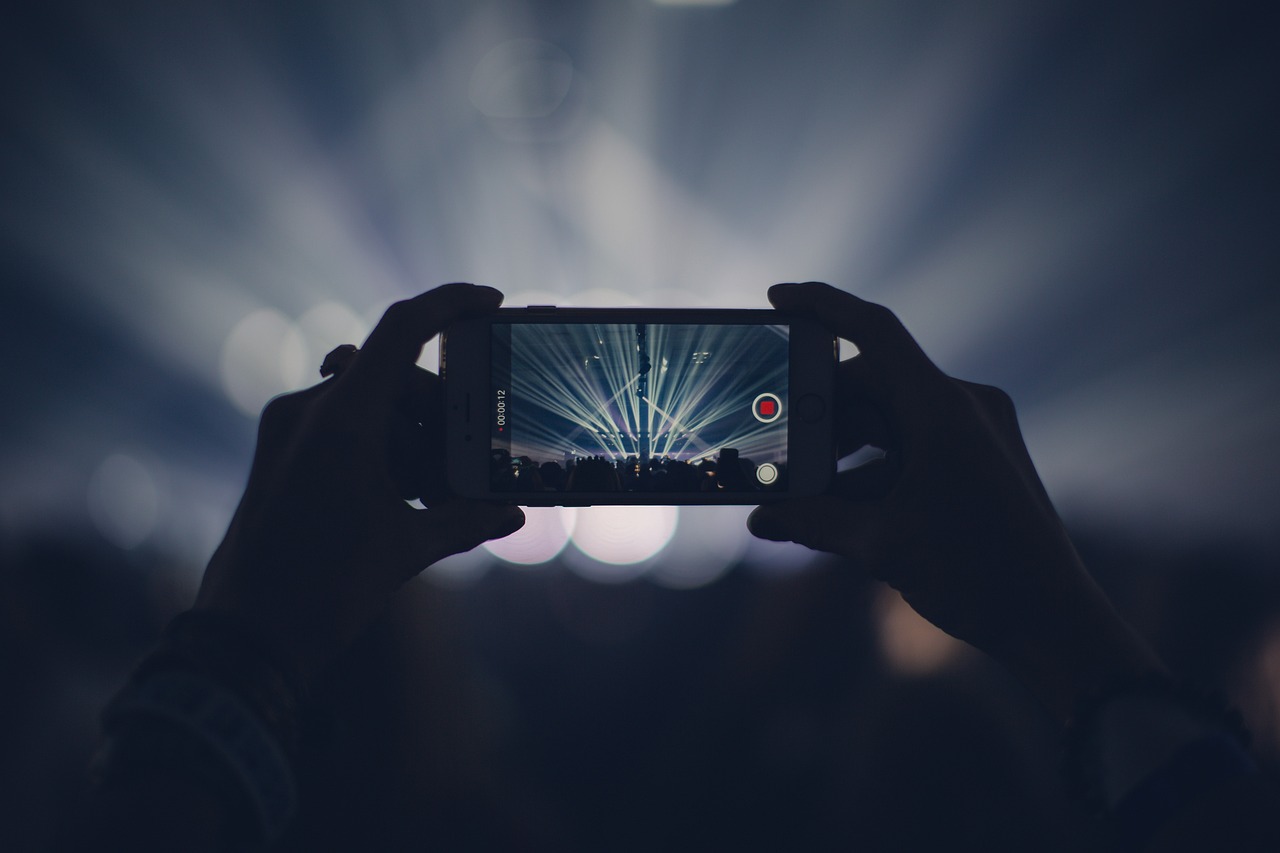
Right at the outset, we're diving into an intriguing exploration. In our crosshairs today, we have a match-up between two fascinating and artistic visual storytelling methods—cinematography vs videography. Essentially, our discourse aims to inform and dissect these two often interchanged disciplines in the realm of visual media. We'll define and compare cinematography and videography, shedding light on their unique characteristics and significance. Establishing a distinct line between the two, we'll look at the varied viewing formats, discuss the principle and creative aspects, and delve into the key elements that make each distinctive.
Defining the Basics: What is Videography?
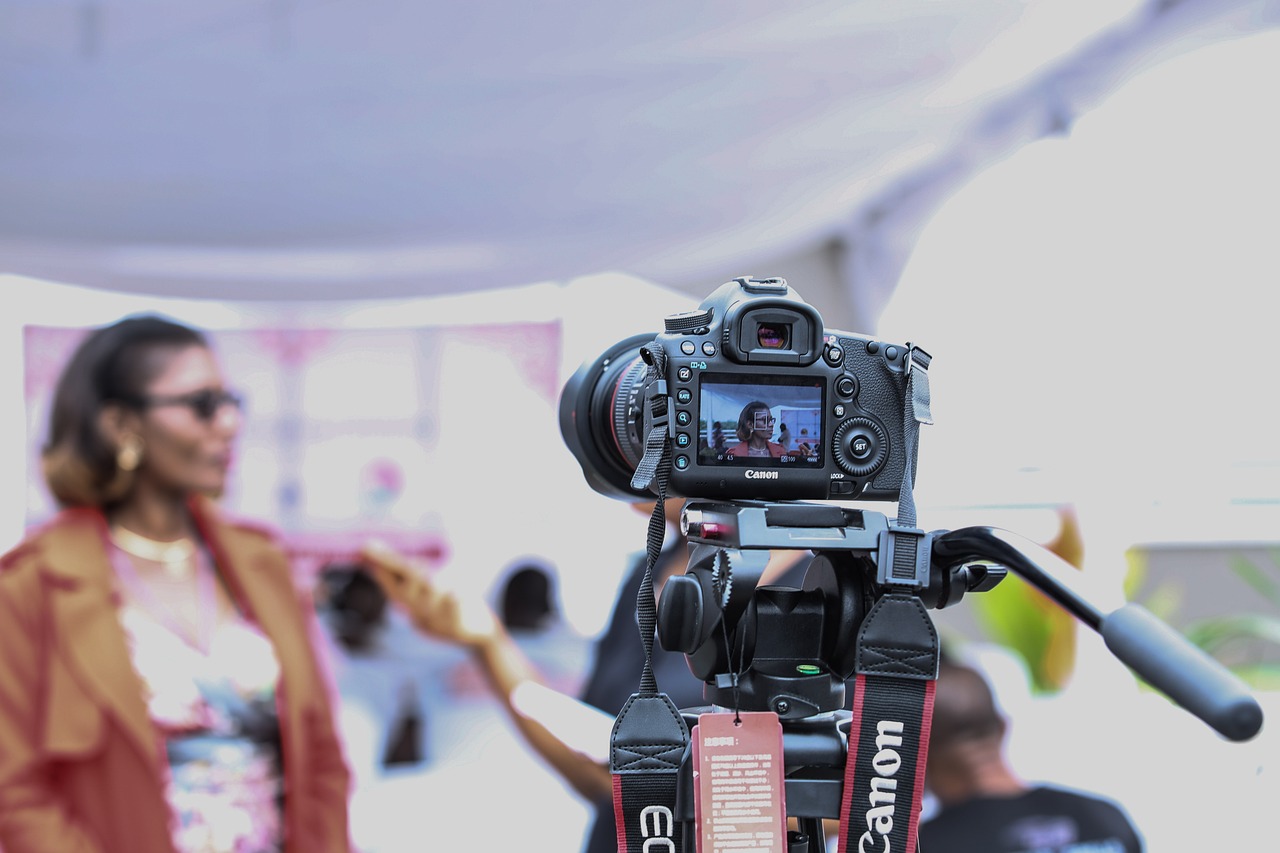
Videography captures a series of digital or celluloid photographic images in real-time. It tends to be more focused on recording raw footage as it unfolds, unlike cinematography which involves an artistic filming narrative governs the video's framework. The essence of videography lies in its unadorned approach to capturing events or moments unfolding naturally. Consequently, the role of the videographer can be likened to an observer documenting reality, which makes this practice a common choice for live events, news broadcasting, and wedding coverage.
Videography uses a variety of viewing formats. For instance, immediate viewing is a commonly utilized format because it allows the viewer to experience the event or moment in real-time, thereby creating an authentic and immersive experience. Instant recall, another popular format, provides an opportunity to replay certain interesting segments again quickly after the original horse broadcast. This is widely used in sports events which often involve multiple instances that viewers find exciting and wish to rewatch. Other formats include archived retrieval, which is used to store and view the raw footage at a later time, and edited presentation, where raw footage is processed to create a more polished video. Respectively, these formats are popularly used in storing historical events and creating professional video content.
Videography Essentials: What Makes it Unique?
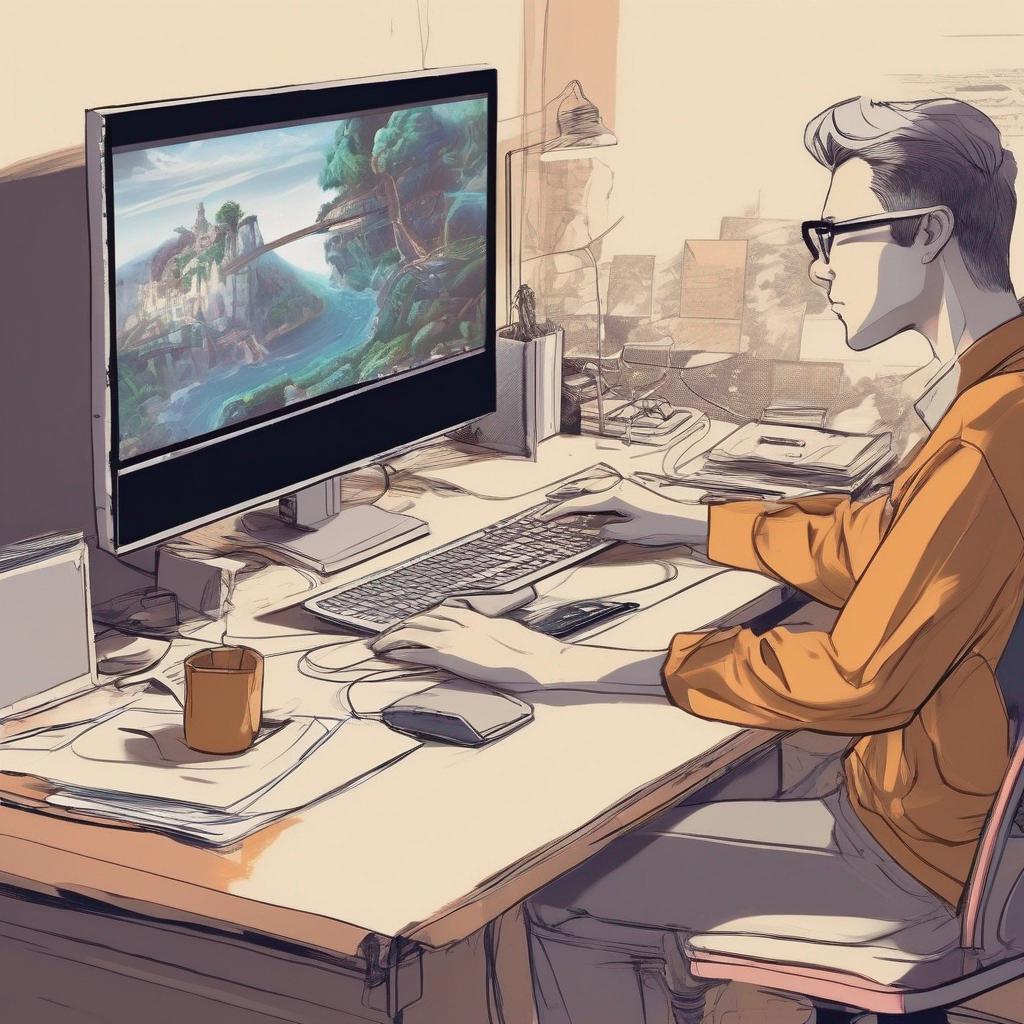
Videography stands out from its counterpart, cinematography, due to its unique storytelling approach. Unlike in cinema, which often utilizes a script, videography relies heavily on real, spontaneous moments. This raw, unpredictable element can bring a depth of authenticity and emotion that script-based approaches can sometimes lack.
The role of sound in videography cannot be overstated. Effective use of audio elements can heighten the impact of visual content, creating a more immersive experience for the viewers. From ambient noise to direct dialogue, every sonic element in videography plays a pivotal role in conveying the story.
One characteristic that notably differentiates videography is the significance of interviews and documentary-style shooting. The incorporation of personal testimonials, on-the-spot reactions, and unfolding events provides a sense of immediacy and realism that sets this medium apart from others.
Lastly, the choice of equipment used in videography differs greatly based on project needs and budget. This factor adds another level of customization, allowing the videographer to choose from a wide range of technical options to best meet the specific demands of each production. From compact point-and-shoot cameras for vlogging to professional-grade DSLRs for commercial shoots, each tool serves a unique purpose.
Brushing Up on Terms: What is Cinematography?
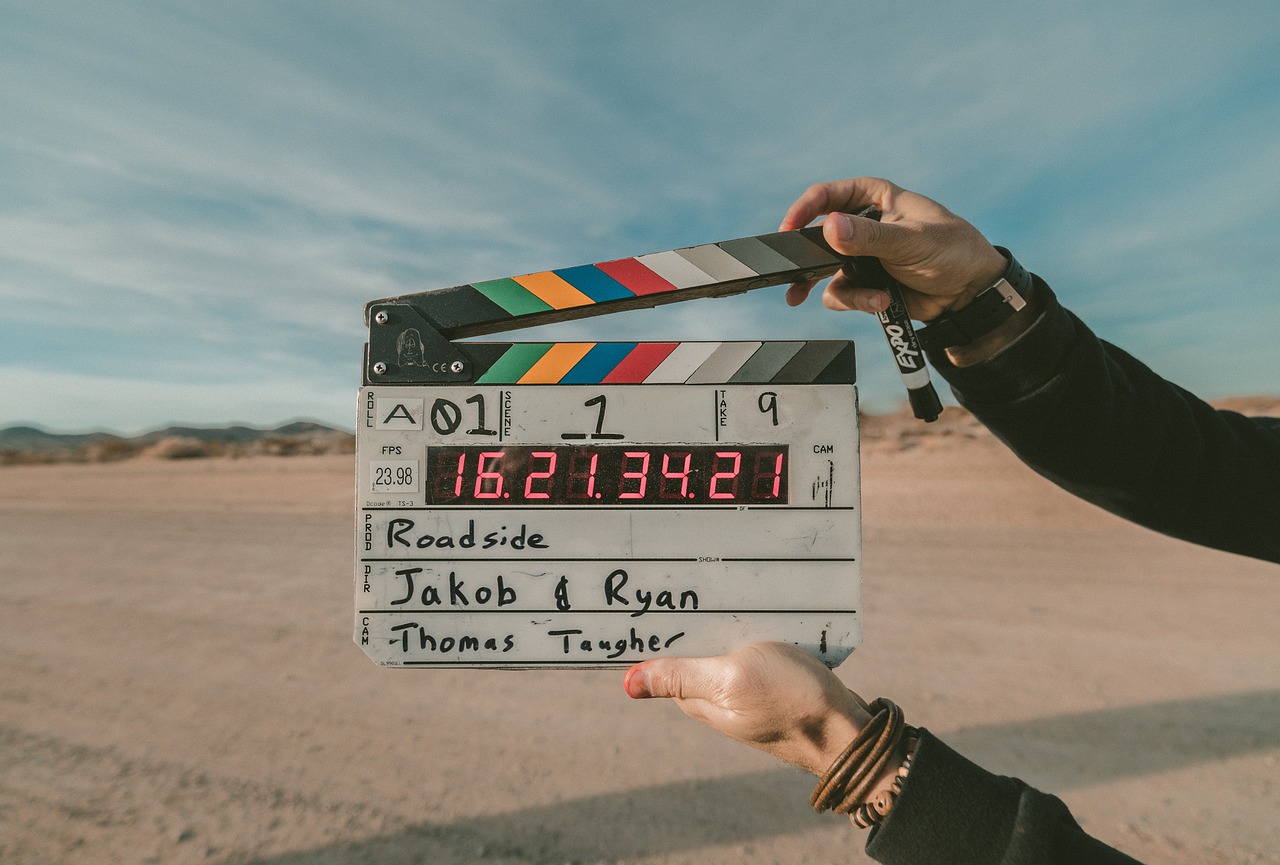
Digging a bit into history, cinematography evolved considerably since its inception in the early 1890s. Back then, it was a marvel to see images move, far removed from the high-definition, CGI enriched cinema we have come to know today. But what remained constant over the years is that cinematography is still about creating compelling visual stories. It employs principles, techniques, and equipment designed to visualize the rich canvas of a writer’s script.
On a deeper level, the creative aspects of cinematography are just as integral to the process. Cinematographers or directors of photography are not just camera operators. They are visual artists who paint with light and shadow, depth and color. They control the audience's viewpoint and help guide the emotional response, playing a pivotal role in creating the film's overall look and mood.
The Key Elements of Cinematography
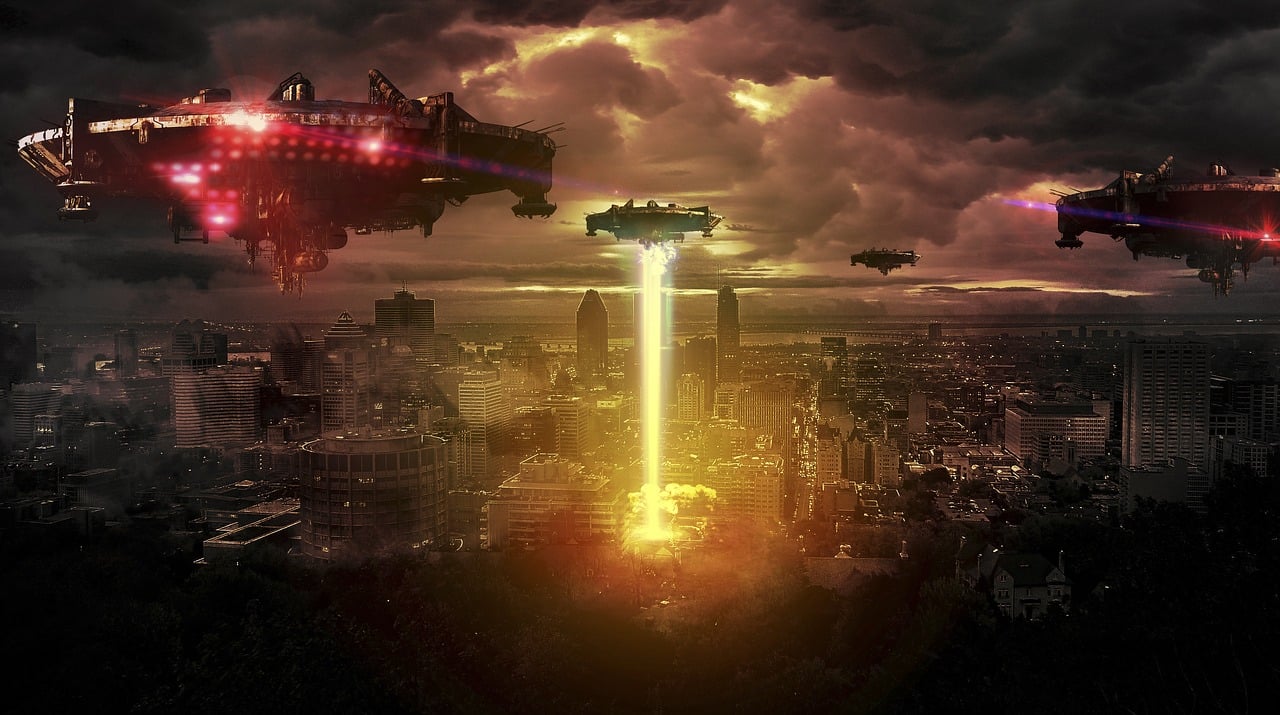
In discussing cinematography, a crucial concept is framing and composition - the art of arranging visual elements within your scene. It's an intricate task where subtle changes can significantly alter how a scene is perceived. A close-up, for instance, can create a sense of tension and intimacy.
Light, as another key element, has a massive impact on the mood and aesthetic of your shot. The use of hard or soft light, shadows, and contrasts can help tell a story and reflect the character's feelings. For example, in a horror film, low-key lighting with high contrasts and shadows can imply danger, increasing suspense.
The significance of movement can't be ignored either. A static or moving frame can set the pace for your scene and guide your audience's focus. It can highlight the emotions or serve as a reveal. For instance, a dolly-in movement can emphasise a character’s emotional reaction during a dramatic revelation.
Color, on the other hand, plays a psychological role. Like lighting, it dictates mood and can be manipulated to symbolize themes or characters. For example, in "The Godfather", a sepia tone is used to create a feeling of nostalgia and to reflect on the historical period.
Lastly, the role of focus shapes the depth of field, which either isolates a subject or brings an entire scene into sharp view. It's about directing your viewer's attention. For instance, a shallow depth may be used to foreground a character’s emotional state in a close-up. These elements collectively play vital roles in cinematography, working in unison to create a particular effect or feeling in each scene.
Production Scale: Differences in Scope
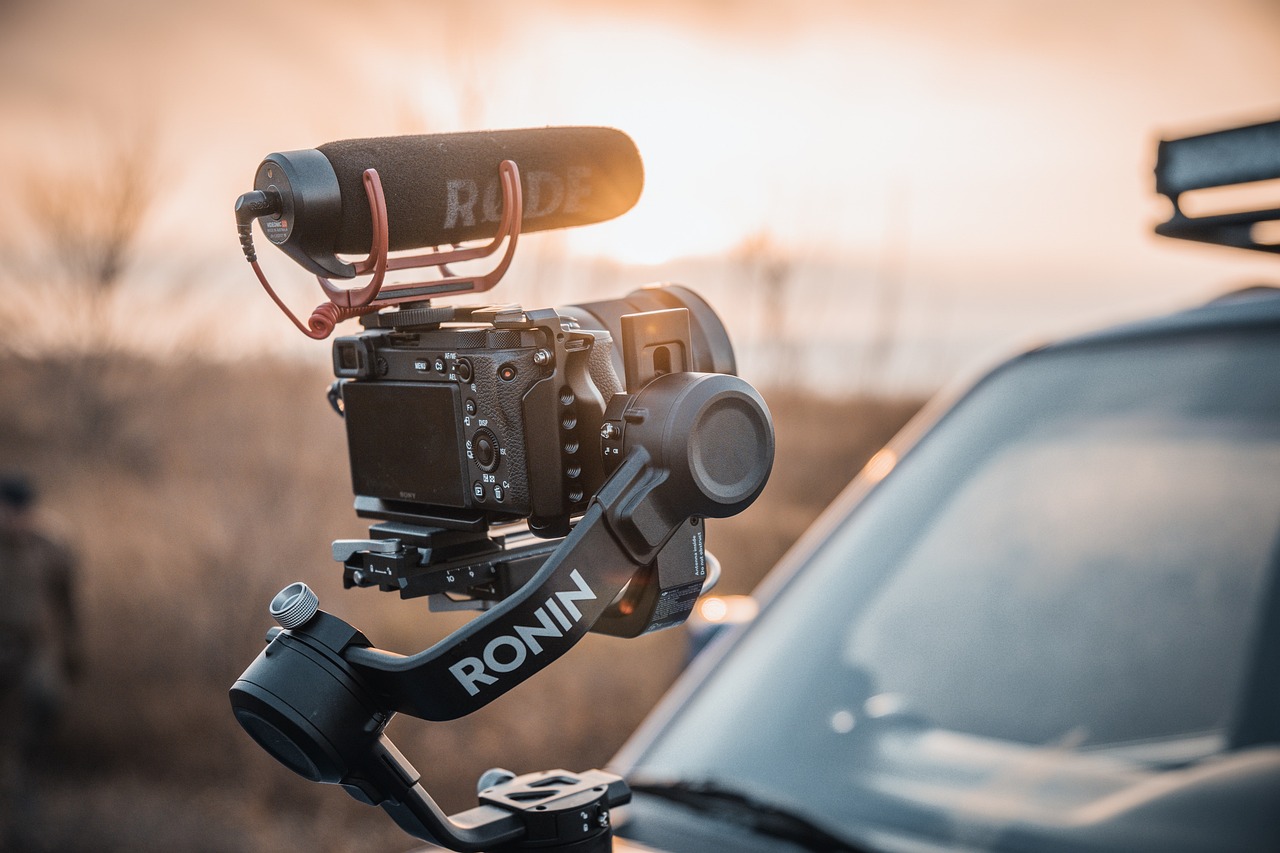
It's essential to recognize that cinematography is predominantly designed to accommodate larger scale productions. These could range from blockbuster movies to premium television series, employing a large crew, expensive equipment, and complex techniques. Cinematography often involves a high degree of artistic strategy and has a crucial role in telling the story visually.
On the flip side, videography tends to serve smaller scale productions and events. This might include corporate videos, wedding films, documentaries, or personal content for platforms like YouTube. With the rapidly advancing technology of today's digital age, videography allows for high-quality output with lesser crew and budget limitations.
